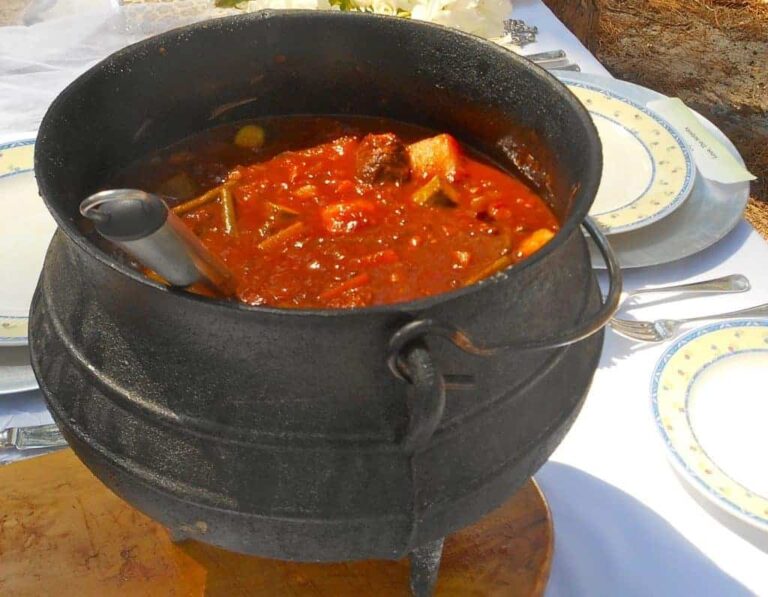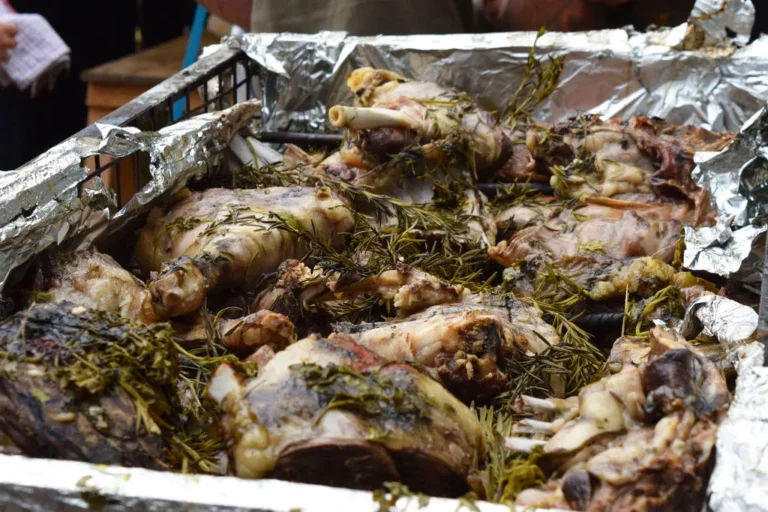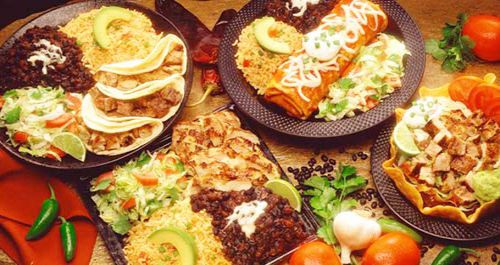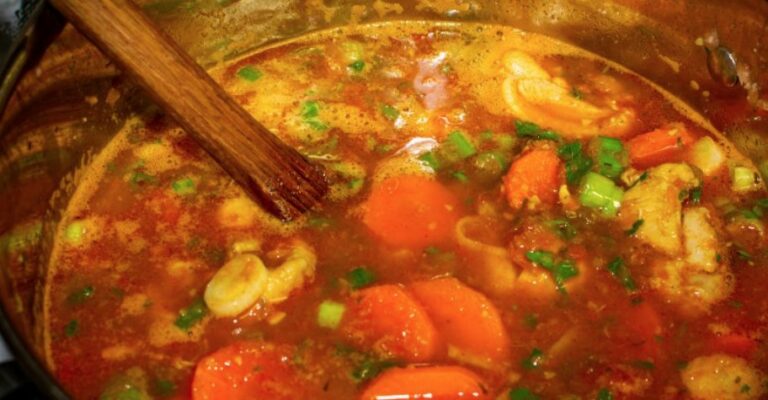Introduction: Ecuadorian cuisine and its typical dishes
Ecuadorian cuisine is known for its diverse and flavorful dishes that reflect the country’s cultural and geographic diversity. The cuisine is characterized by fresh and locally sourced ingredients, and it varies greatly depending on the region. Some of the most popular dishes include ceviche, empanadas, llapingachos, and roasted guinea pig. However, one aspect of Ecuadorian cuisine that often goes overlooked is its delicious and diverse range of soups and stews.
Ecuadorian soup culture: origins and influences
Soup is an integral part of Ecuadorian cuisine, and it’s a staple in many households. Ecuadorian soup culture has its roots in pre-Columbian times, and it has been influenced by Spanish colonialism, African slavery, and migration from other parts of Latin America. Soups and stews are often served as a first course or as a main meal and are accompanied by rice, avocado, and corn. They are usually made with fresh vegetables, meat, and seafood, and they are seasoned with herbs and spices such as cumin, cilantro, and achiote.
Traditional soup recipes from the highlands
The highlands of Ecuador are known for their hearty and warming soups, which are perfect for the cooler temperatures. One of the most traditional soups is locro, a potato and cheese soup that is often served with avocado and toasted corn. Another popular soup is fanesca, a thick soup made with grains and beans that is traditionally eaten during the Easter season. Other highland soups include caldo de gallina (chicken soup), sopa de chochos (lupini bean soup), and sopa de quinoa (quinoa soup).
Coastal soups and stews: seafood specialties
Ecuador’s coastal region is blessed with an abundance of seafood, and this is reflected in the local cuisine. Coastal soups and stews are often made with fish, shrimp, and other seafood and are flavored with coconut milk, peanuts, and plantains. One of the most famous coastal dishes is ceviche, a cold dish made with raw fish marinated in lime juice and spices. Other popular coastal soups include chupe de pescado (fish soup), cazuela de mariscos (seafood stew), and viche (a soup made with fish, peanuts, and manioc).
Amazonian soups: exotic and flavorful
Ecuador’s Amazon region is home to a variety of exotic ingredients that are used to make flavorful and aromatic soups. These include yucca, plantains, and a wide range of fruits and vegetables. One of the most unique Amazonian soups is caldo de bolas, which is made with green plantains stuffed with meat and vegetables and served in a savory broth. Other popular Amazonian soups include chontacuro (an edible worm soup), maito de pescado (fish wrapped in plantain leaves and cooked in a soup), and sopa de bicho (a soup made with grubs).
Soups with indigenous roots: a taste of Ecuador’s diversity
Ecuador is home to over a dozen indigenous groups, each with their own distinct culinary traditions. Many of these traditions are reflected in the soups and stews that are popular in different regions of the country. For example, the Kichwa people of the Andes make a soup called ayampaco that is made with chicken, potatoes, and herbs. The Tsáchila people of the coastal region make a soup called changua, which is made with milk, onions, and cilantro. These soups are just a few examples of how Ecuador’s diverse cultural heritage is reflected in its cuisine.
Regional variations and modern adaptations
While traditional recipes are still widely popular, many Ecuadorian chefs are putting their own modern twists on classic soups and stews. For example, some chefs are experimenting with fusion cuisine, blending traditional flavors with international ingredients. Others are using modern cooking techniques to elevate the flavors and textures of classic dishes. Despite these innovations, however, traditional recipes remain an important part of Ecuadorian cuisine, and they continue to be passed down from generation to generation.
Conclusion: why Ecuadorian soups are worth trying
Ecuadorian soups and stews are a testament to the country’s rich cultural heritage and its diverse ingredients. From hearty highland soups to exotic Amazonian stews, there is a soup for every palate. These soups are not only delicious but also nutritious and comforting. Whether you’re a fan of seafood, meat, or vegetables, there is a soup or stew that will satisfy your cravings. So next time you’re in Ecuador, be sure to try some of the country’s delicious soups and stews. You won’t be disappointed!










